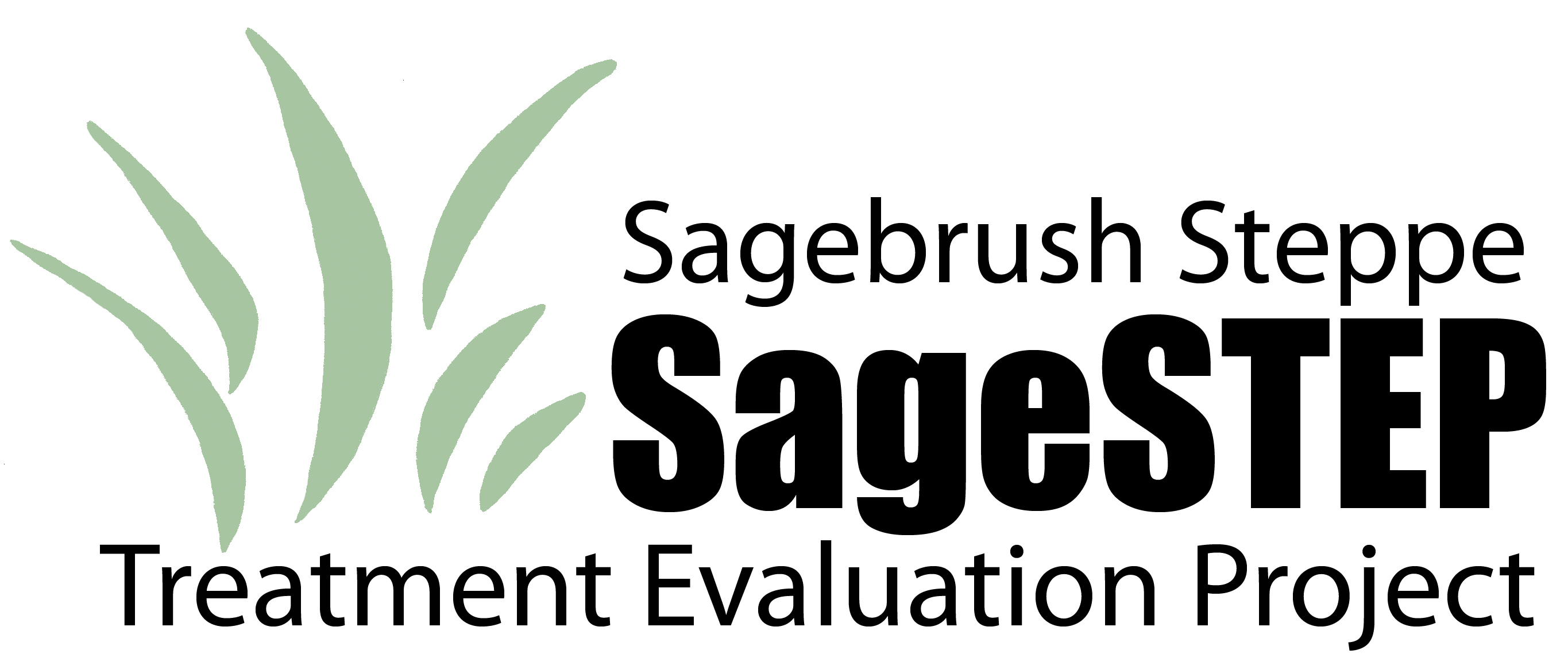Document Type
Article
Journal/Book Title/Conference
Rangeland Ecology & Management
Volume
67
Issue
5
Publisher
Society for Range Management
Publication Date
9-2014
First Page
573
Last Page
583
Creative Commons License

This work is licensed under a Creative Commons Attribution-Noncommercial-No Derivative Works 4.0 License.
Abstract
In surveys of residents in three urban and three rural locations in the Great Basin we examined the social acceptability of six management practices showing promise for restoring sagebrush-dominated rangelands. Unlike most studies of range management perceptions that have relied on single measurements, we used longitudinal data from a questionnaire mailed in 2006 to residents that were resurveyed in 2010. Overall, 698 respondents comprised the panel. Respondents' self-reported levels of knowledge about the health and management of Great Basin rangelands decreased from 2006 to 2010. In both years, mean acceptance was greater for the use of prescribed fire, grazing, felling, and mowing, but relatively low for chaining and herbicide use. Overall, acceptability ratings were similar in 2006 and 2010 but individually about half of the acceptance responses differed between years. Practices were more acceptable to respondents who expressed greater concern about threats posed by inaction, except that the threat of wildfire was negatively associated with acceptance for prescribed burning. Acceptance was not significantly related to concern about overall health of Great Basin rangelands, or to self-reported knowledge level. Rural/urban residence and general attitudes toward environmental protection were sometimes influential, but more so in 2006 than in 2010. By far the best predictor of acceptance was trust in agencies' ability to implement the practice. In both years respondents were more likely to judge a practice acceptable than to trust agencies to use the practice. Positive or negative change in trust level was the most significant predictor of change in acceptability judgment from 2006 to 2010. Results suggest that efforts to increase acceptance of practices among Great Basin stakeholders should focus on activities designed to build trust rather than simply providing more or better information.
Recommended Citation
Gordon, R., M.W. Brunson, and B. Shindler. 2014. Acceptance, acceptability, and trust for sagebrush restoration options in the Great Basin: a longitudinal perspective. Rangeland Ecology and Management 67:573-583.



